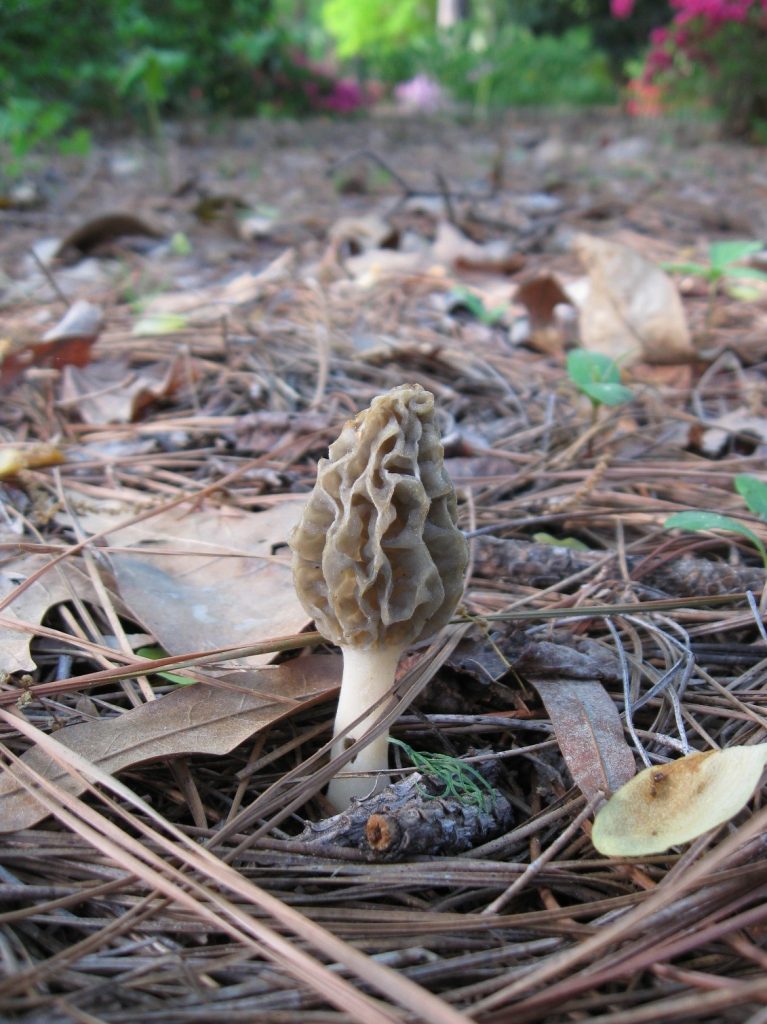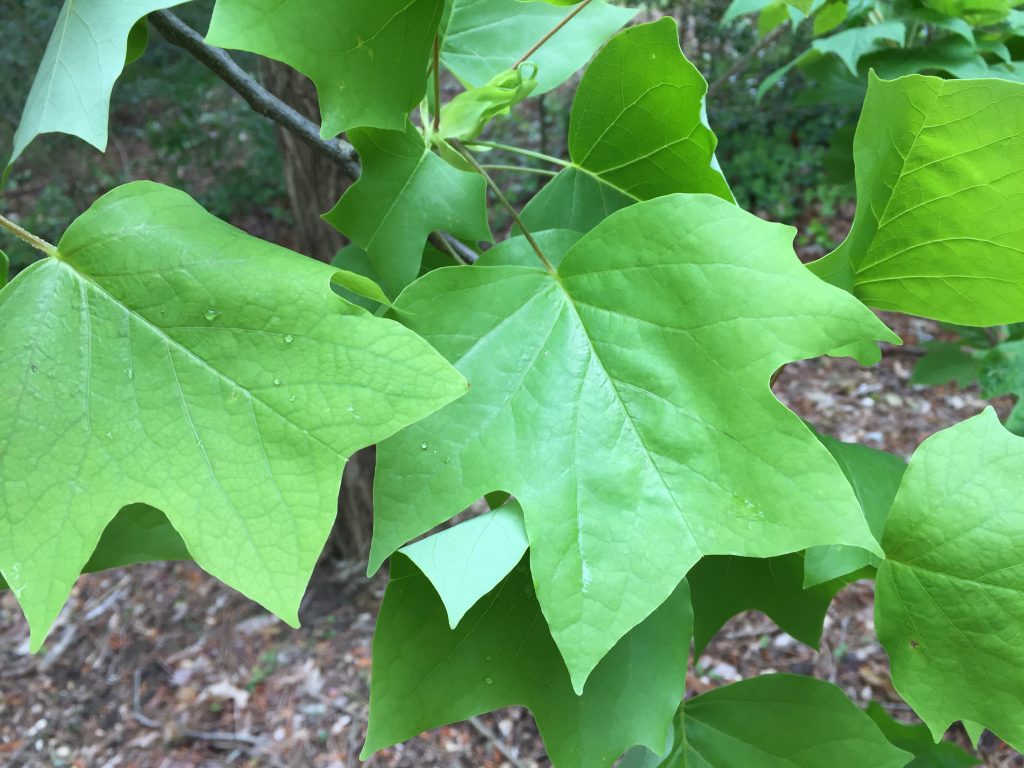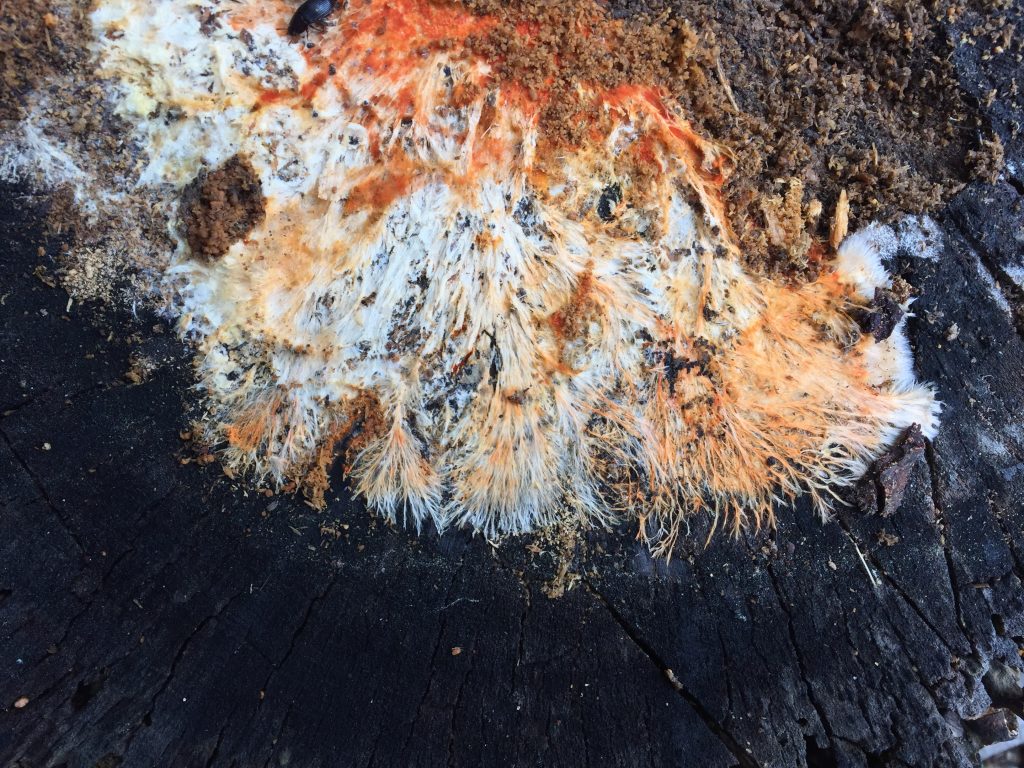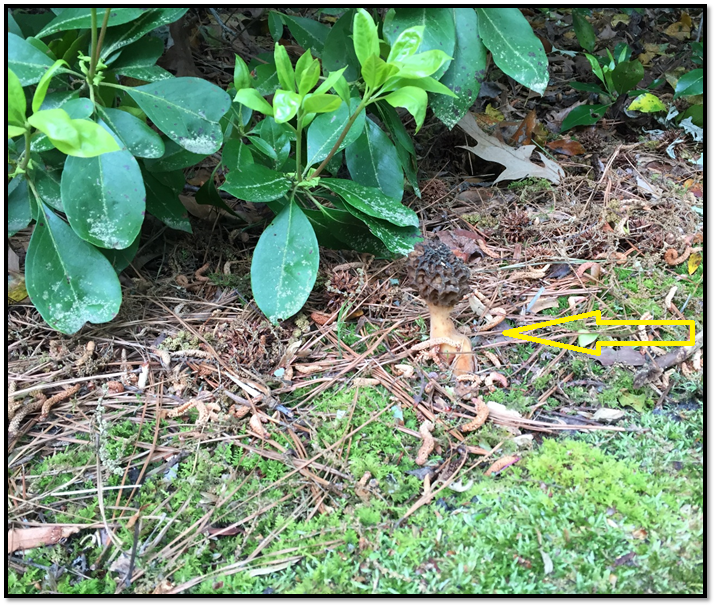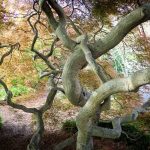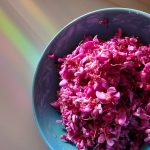A Springtime Surprise for the Mycophiles!
Spring in coastal VA is bursting with color from flowering dogwoods, azaleas and daffodils. But, if you look a little closer at the forest floor, you might find another spring gem…a mushroom. Not just any old mushroom but a morel mushroom, Morchella sp., with its signature wrinkly cap.
That’s right! Morels do naturally grow here on the coast. They are such a prized find that many mushroom hunters are hesitant to share their hotspots. But, I’ll let you in on the secret of where to find them here in Tidewater – under tulip poplars, Liriodenrdon tulipifera. They have such a propensity to grow under these trees that they are often referred to as “tulip morels”.
The distinct leaves of a tulip poplar tree, Liriodenrdon tulipifera.
In 2012, Michael Kuo from MushroomExpert.com and his collaborators used DNA sequencing to describe 14 new species of Morchella. Many look identical so it’s challenging to get a proper ID in the field. One of these new species, Morchella virginiana, grows in the coastal plain, prefers to grow in association with tulip trees, and has been collected in Virginia. Throughout the Garden, several fruitings of morels have been spotted under more than one tulip tree since 2012. While it has not been confirmed, it’s highly possible that these morels are M. virginiana. It’s critical to understand that mushroom identification is not easy! Very rarely can you ID a mushroom on appearance alone. Many macroscopic features as well as microscopic ones are necessary for proper ID. It’s exciting to know that morels are not just limited to the western part of the state.
All mushrooms have a season. Morels prefer springtime (April/May) and, like most mushrooms, are notorious for unreliable fruiting. Some years they’re numerous and some years there are none. And, not every tulip poplar yields morels.
To understand the finicky nature of a mushroom requires a little understanding of what’s going on underground. A mushroom is technically the fruit of an extensive fungus that lives beneath the surface. If you dig around in mulch or under dead leaves or wood, you might see what looks like a network of white threads radiating out. This network is called mycelium (plural: mycelia). It’s the active growing portion of the fungus. It’s what is breaking down wood mulch, dead leaves and other organic matter into soil components.
Mycelia on dead wood.
All living things need to reproduce in order to continue its species. So, when conditions are right, a fungus produces a fruiting body a.k.a. a mushroom as a means to reproduce. The mushroom contains structures that produce spores. The most commonly used analogy compares mushrooms to apples growing on an apple tree. You can pick all the apples you want but the tree continues to live and produce more apples. Same with the mushroom. Picking mushrooms above ground will not kill the living organism growing beneath.
Now, you’re out in the woods near tulip poplars, what do you look for? These mushrooms are rather small and perfectly camouflaged among the fallen leaves. It takes a second for your eyes to adjust but as soon as you spot one, you start to see more and more. They’re scatted about – one right by your foot, another across the way under a bush. All usually within close proximity to each other but not growing in a clump.
With the current stay at home orders in place, the usual morel hotspots at the Garden have gone unchecked. So, as you go outside your homes for a little exercise, take a closer look at a tulip tree and see if you can spot a springtime surprise!
Morels are perfectly camouflaged among the dead leaves and pine needles.


